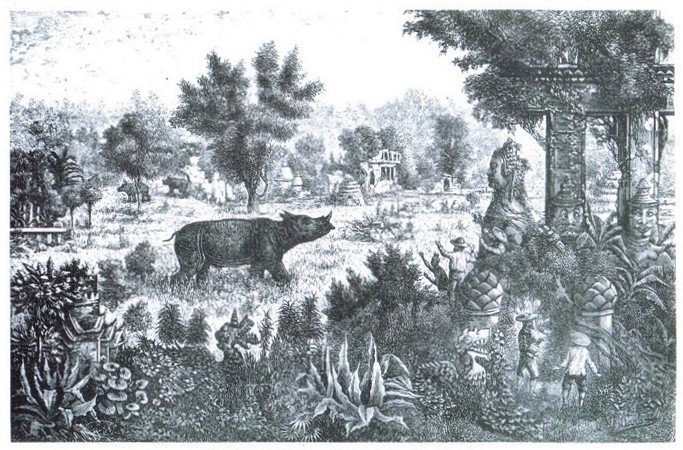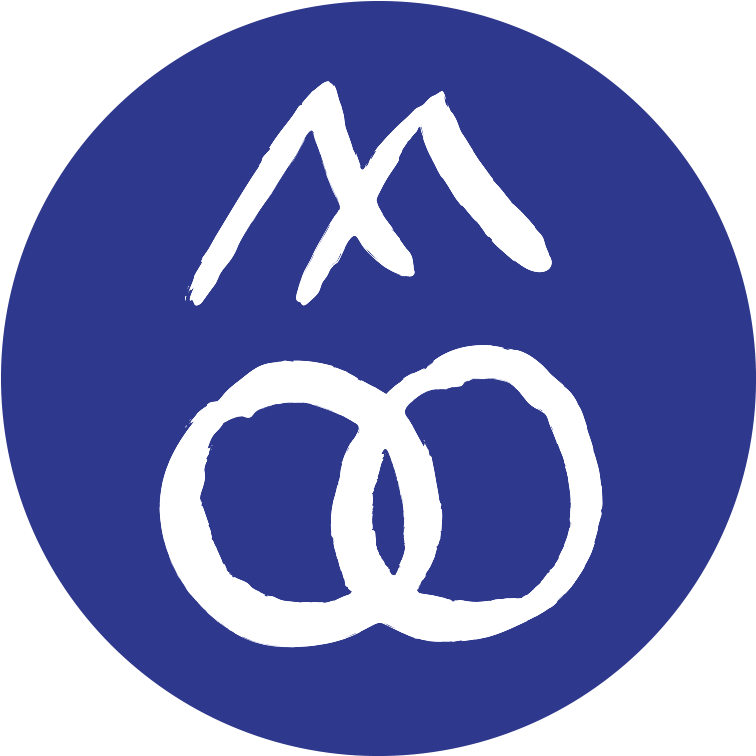***This project is in progress. To stay up to date, please follow us on Facebook***
Baan Noorg Collaborative Arts and Culture was invited to contribute to the third edition of the Thailand Biennale (Chiang Rai, December 9th, 2023 – April 30th, 2024). This edition is titled “The Open World” which refers to the omonymous Buddha posture and to a general aspiration of the event: to ‘open up’ people’s perceptions of art with references to local art history from the 13th century to the present, and to engage with contemporary global issues.
Baan Noorg’s contribution to this Thailand Biennale is a project titled ‘Methodology for a Tai Yuan Return: on Transmission and Inheritance”. The project speculates on a return of the Tai Yuan diaspora in Nong Pho and other regions to the city of Chiang Saen (an old city nearby Chiang Rai), from where it was forced to flee in 1804.
Chiang Saen, originally a kingdom of its own, came under the influence of the kingdom of Chiang Mai and it was colonised by the Burmese army in 1558. In 1804, it was conquered and destroyed by a coalition of troops including the Siamese Army. The local population (which called themselves Tai Yuan) was forced to evacuate the area and divided into groups. While most of them stayed in the north (kingdom of Lanna and neighbouring areas of present Laos), one was entrusted to the kingdom of Siam and emigrated southwards together with its army. The group spread between the provinces of Saraburi and Ratchaburi, and settled in many villages, including Nong Pho (Photharam district). The Tai Yuan immigrants were farmers and they were the first group to cultivate the area. They had their unique language and culture which is different from that of Thai (at that time Siamese) people. ‘Tai Yuan’ refers to the language of the Tai-Kadai ethnic group. It implies being otherwise, an outsider, and it was used by the population to distinguish themselves from other ethnic groups, such as the Siamese and the Burmese.
Nowadays, there are only a few people left (mostly elderly) in the village of Nong Pho who can speak Tai Yuan and are familiar with this historical and cultural heritage. The project ‘Methodology for a Tai Yuan Return’ enquires about this history and aims at making it visible through an extensive program in Nong Pho and Chiang Saen. It is a participatory contemporary art project reflects on identity models as phenomena in a constant state of becoming through reproduction and reconstruction. The return of the Tai Yuan diaspora to Chiang Saen is a mere speculation but it nevertheless demonstrates tangible efforts to symbolically, geographically and historically (re)connect to the city. The project is created in collaboration with the Tai-Yuan diaspora through representatives of the Tai-Yuan Association of Thailand.
In Nong Pho, Baan Noorg is running its fourth Biennial. This edition spreads and leaves concrete traces around the village through murals. These works were commissioned and realised by local and international artists who took part in the Baan Noorg Artist-In-Residence program and/or are part of its artistic ecosystem. Read more about the Biennial here [link to the page]
For Chiang Saen, Baan Noorg is creating an installation with a mediation and educational program. The installation will be hosted by the Ancient Monument No.16, an archaeological site situated in the southwest of the city of Chiang Saen.

Taiyuan ethnic on murals ชาวไทยวน ภาพเขียนจิตรกรรมฝาพนัง 
Taiyuan ethnic people documented by Carl ภาพชาวไทยวน บันทึกโดย Carl Alfred Bock 
Taiyuan ethnic ภาพวาดชาวไทยวน 
Chiangsaen was abandoned for 60 years ภาพพื้นที่เมืองเชียงแสนหลังถูกทิ้งร้างไปเป็นเวลากว่า 60 ปี บันทึกโดยLouis Delaporte
